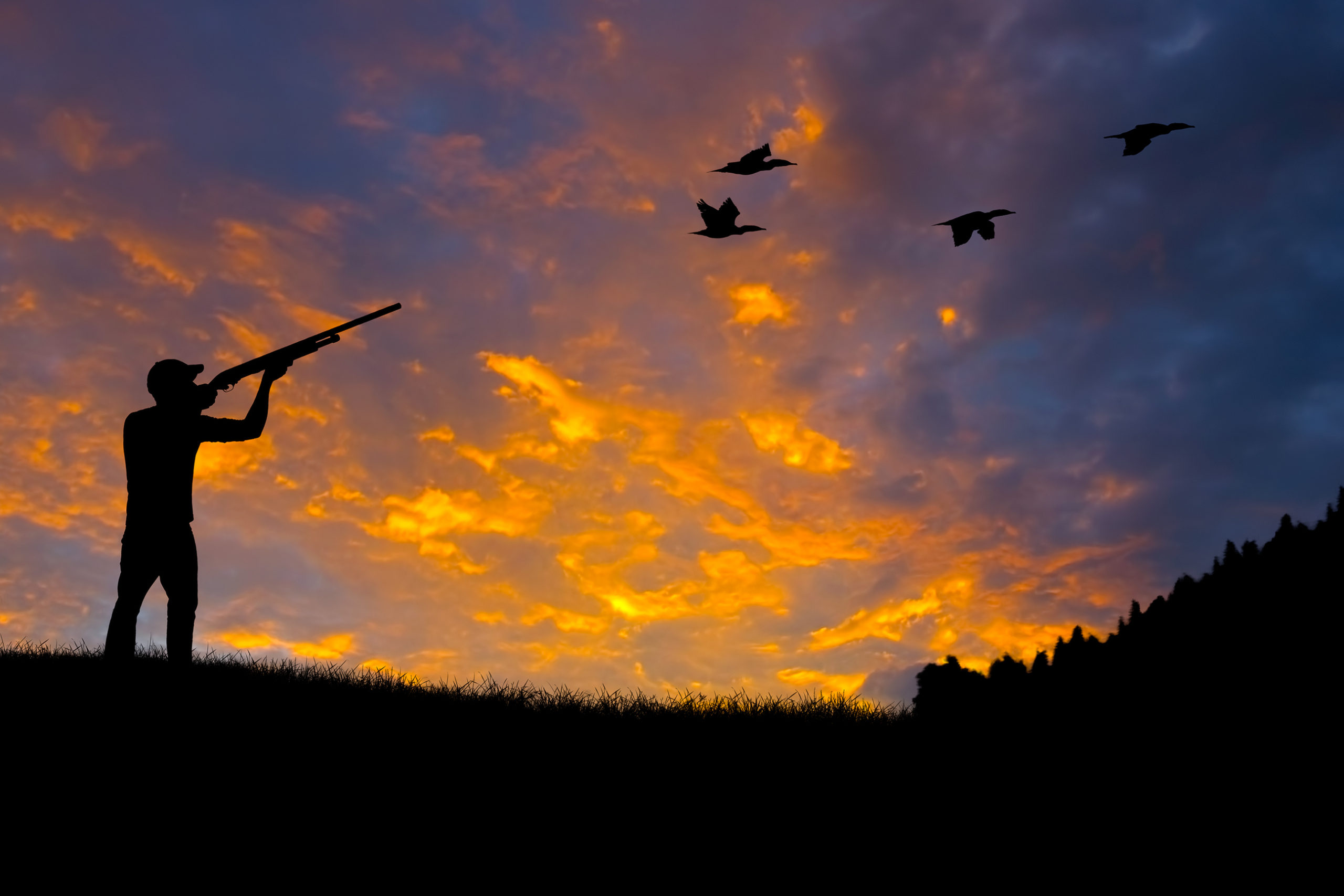
Both seasoned pros and novices alike can get a lot of enjoyment out of Texas dove hunting. Here are a few tips to get you started this season.
What Is the Best Time for Dove Hunting?
Part of successful hunting is knowing when to be there. If there are no doves in the sky, you’re wasting your time. You’ll have the best luck finding them during the times when they’re flying from nests to food. Generally between 8:00 and 10:00 in the morning and 5:30 to 7:00 at night.
What Should You Wear?
Bright orange and reflectors can spoil a hunt before it ever starts. Doves see in color and will flare when they see something abnormal. Wear camo, brown, olive, or tan clothing to blend into your surroundings. Avoid movement to prevent alerting the flock.
Ear protection is also a must for hunters. If you’re in a field with other hunters, the sounds of the shots going off all around you can be deafening. Save your hearing and wear some protection, even if it’s foam plugs.
Eye protection is also important. On a sunny day they reduce glare and improve your shots. They also protect your eyes from falling shot.
How Far Out Should You Be to Shoot a Dove?
Too close and you’ll give yourself away. Too far and you won’t have any accuracy. The best range is thirty to forty yards. Get used to overshooting the birds. Shoot six feet in front of them and you’ll hit more often. You’ll need to shoot while sitting so practice from a sitting position.
What Shot Should You Use?
Smaller shots are best for these birds. A little goes a long way so 7½, 8, or 9 should do the trick. The best overall shell may be an ounce or 1 1/8 ounce load. You may go through several boxes of shells during one hunt.
Bring a Well-Trained Dog
Man’s best friend is also a hunter’s best friend. A typical hunter will only retrieve seventy to eighty percent of his downed doves. A retriever will bring back all of them. A dog is invaluable when you’re shooting in high grass. He can sniff out the dove when you can’t see it. If you’re trying to shoot two birds at one time you can’t watch to see where the first bird falls or else you’ll miss the second bird. You’ll waste valuable time looking for the first when a dog can bring you both. Many breeds of dogs instinctively are good hunting companions—spaniels, retrievers, labs, and pointers are common.
Always Follow Safety Guidelines
- Engage your safety when your gun is not in use, including when walking through a field looking for downed doves. Keep your safety on AT ALL TIMES until you’re ready to shoot.
- Never shoot at a dove below the tree line; you might hit other hunters or animals.
- Remember to unload the gun before you leave the field.
- Don’t partake in any alcoholic beverages until the hunt is over, or until you’re safely home if you’ll be driving.
